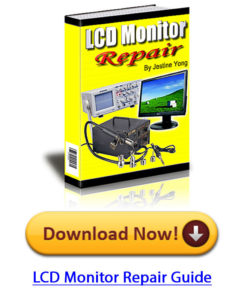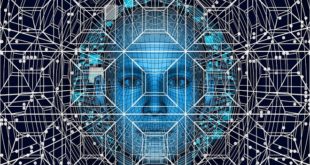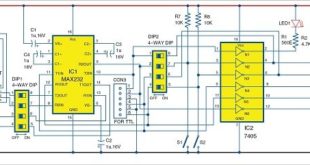Global Channel Resources (GCR) India Pvt. Ltd. is serving Industry 4.0, smart city, smart healthcare and other segments with its consulting, Platform as a Service (PaaS), end-to-end development and integration services. Tony Tsao, Founder, GCR, in an interaction with EFY bureau, shares about the future of IoT, deployment of IoT in India, role of standards in IoT and much more.
Excerpts:
Q. In your opinion, which are the top 3 technologies that are shaping the future of IoT? How are they influencing the future of IoT?
Low power long-range and short-range Internet of Things (IoT) networks, IoT platforms and security, and blockchain will be the key technologies, shaping the future of IoT. The IoT is not only a single product, but it is an ecosystem. The IoT platforms will bundle many of the IoT technologies to provide single unified application system to the end customers. More usage of real-time data acquisition and analytics has drastically increased the power consumption of sensors. This is greatly affecting offshore as well as mobile deployments and maintenance. The technologies like Bluetooth Low Energy (BLE) will enable the use of tags and beacons, which not only allow more distance and battery coverage, but also are very cost effective. IoT data analytics along with artificial intelligence (AI) will help enable the use of this technology more effectively.
Q. Between the cellular and NB-IoT/LPWA families of wireless technologies – which one are you betting upon? Why?
Both narrow band (NB)-IoT and low-power wide-area (LPWA) solutions are getting adopted due to lesser power consumption. As multi-vendor or multi-solutions IoT platform, we offer any of these technologies and help customers to identify their right selection.
Though majority of these projects are on full open source phenomenon, all don’t come with the same degree of openness. The current open source limitation is that none of them are end-to-end solution. However, they provide key building blocks, which makes IoT solutions’ development and deployment process faster.
Q. How’s the development of standards (or lack of it) affecting the adoption of IoT?
Adoption of IoT technologies has also encouraged development of protocols and standards, considering the interoperability of multi-vendor solutions. Most of the IoT vendors work in those lines today. The IoT platform providers will have bigger role for threading these solutions together.
Q. How ready is India’s tech eco-system to develop and deploy IoT solutions?
Several cities like Bangalore, Pune are already the IT software hubs, mostly engaged with the US-based customers for providing software solutions for IoT. Earlier, we were dependent on international vendors. However, due to ‘Make in India’ initiative of the government of India, now hardware can be manufactured easily in the country. The Government’s Smart City project is heavily relying on IoT technologies for tracking, water management, garbage management, etc.
Q. Do you foresee India’s tech industry developing its own IP and branded products/solutions in the IoT arena?
Many of Bangalore-based startups have already developed their own IP products. We will help them to go global through our worldwide reach.
Q. Do you see the Open Source phenomenon play an important role in the IoT arena?
Yes, open source plays an important role in IoT arena. Although, current open source limitation is lack of end-to-end solution, but they provide key building blocks, which makes the IoT solutions development and deployment process faster. With evolving protocol standardisation, more and more vendors will be encouraged to work toward open source contribution projects. GCR multivendor platform will encourage such industry alliances and provide support system for managed service providers (MSPs).
Q. How do you see the role, technologies like AI/ML will play in the evolution of IoT solutions?
AI and ML are key to predictive and behavioural analysis for understanding future problems and majors to override it. This will help customers, specially from transportation and retail industry, on real-time basis. For example, our tracking solutions for fleet management gives ETA, based on the driver food stops, fuel refilling time, based on earlier trips.
Q. What’s your opinion on the state of security available for IoT solutions? How do you see the evolution from hereon, w.r.t threats and counter-measures?
Software-as-a-Service (SaaS)-based deployments with third party Cloud providers will help to overcome security issues by using built-in security mechanism available in those cloud platforms. Edge security is managed by purpose-built devices like IoT gateways.
Q. W.r.t. edge vs cloud – where do you think will we see faster development in the next year or two?
Cloud SaaS/PaaS is way ahead for quick deployment. Customers don’t need to invest upfront. Even hardware will be available on usage basis and returnable.
Q. What are the key technologies missing, which when made available, will accelerate adoption of IoT across the globe?
Connectivity is a major concern. Today’s media for IoT communication is greatly dependent on battery life like mobile, smartwatch, asset tracking, etc. Self-generating power system for devices should solve these problems.
Q. Any thoughts on where to go edge versus where to go cloud?
Cloud for enterprises and Edge for government and very large enterprises. However, today majority of the large data center providers offer virtual private clouds (VPCs) to the government.
This content was originally published here.








